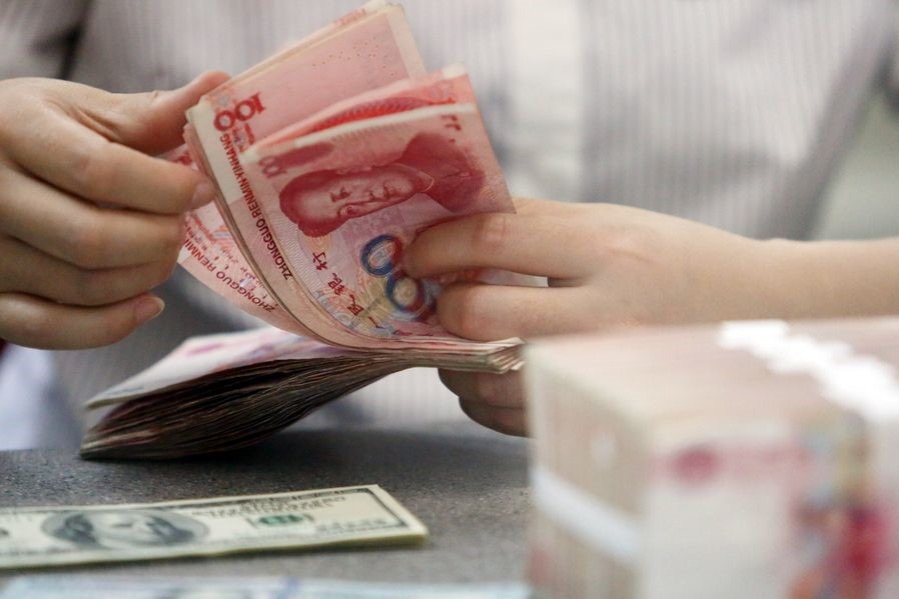Discovering Jiangnan - 'South of the River'


Regional prosperity along with stability were factors in attracting migration increasingly from northern parts of China during the first millennium AD. This, the Yongjia Southern Migration, started from the Western Jin Dynasty (266-316). Han people, in particular, were moving south away from persistent threats of invasion and attack from warriors and nomadic groups.
The Jiangnan area was regarded as peaceful, stable and thus an attractive environment in which to live. This population influx, along with prosperity from agriculture and freshwater fishing, were factors in the eventual emergence and growth of highly sophisticated cities such as Suzhou. Indeed by the 2nd century AD, during the early years of the Han Dynasty, Jiangnan had already become one of the more economically significant parts of China. Production and trade in porcelain, tea and silk were boosting the influence nationwide of its merchants. Local prosperity and stability were also factors in seeing the growth of a well-educated literati who in turn promoted a sense of strong local culture still seen today.
Much of the terrain is crisscrossed by a maze of waterways, some small and local, others were major commercial routes. The area having the largest stream density in China. Villages and towns initially depended greatly on water transport, then a more practical means of moving goods. Road and bridge construction was both costly and difficult with so many water crossings.
The Grand Canal, the world's longest, runs through a vast area connecting Hangzhou in the south with Beijing in the north, passing just west of Suzhou's historic centre. Agricultural produce, particularly rice grains were shipped north from Jiangnan as tributes to the Imperial Court in Beijing, particularly during the Yuan and Ming Dynasties. Southern sections are still heavily used by commercial traffic. Other canals such as Wusong River (Suzhou Creek) connected the Jiangnan area with Shanghai, allowing movement between Lake Tai, the Huangpu River and lower sections of the Yangtze Delta.































